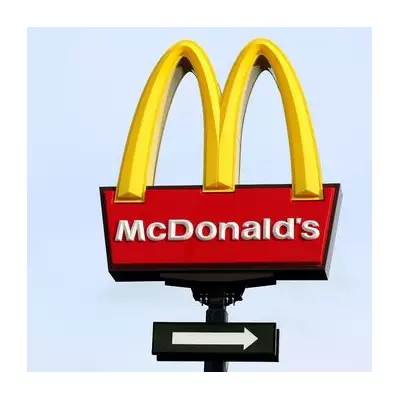
Ever wondered what those mysterious numbers and codes on your supermarket purchases really mean? While most shoppers focus on 'use by' and 'best before' dates, there's a hidden language in those tiny stickers that could transform your shopping experience.
The Three Codes Every Shopper Should Know
Food safety experts reveal that understanding these three common codes can help you make smarter choices and reduce food waste:
1. The Julian Date Code
Many products feature a three-digit number representing the day of the year the item was manufactured. For instance, '001' means January 1st, while '365' indicates December 31st. This helps staff rotate stock correctly but can also guide you to the freshest options.
2. Price Look-Up (PLU) Codes
Those four or five-digit numbers on fresh produce aren't just for pricing. They contain valuable information about how the food was grown. A four-digit code means conventional farming, while five digits starting with '9' indicate organic produce, and those beginning with '8' signify genetically modified items.
3. Packaging Date References
Some codes show when products were packaged rather than when they expire. Understanding this distinction can help you choose items with the longest remaining shelf life.
Why This Knowledge Matters
Armed with this information, shoppers can:
- Select the freshest products with confidence
- Reduce unnecessary food waste
- Make informed choices about organic and conventional produce
- Understand exactly what they're buying
- Save money by choosing items with longer remaining shelf life
Food waste campaigners emphasize that 'best before' dates are about quality rather than safety, meaning many perfectly edible items are discarded unnecessarily. By understanding manufacturing codes, consumers can make their own judgments about freshness.
Expert Shopping Advice
Consumer rights specialists recommend using this knowledge to:
- Compare manufacturing dates on similar products to find the freshest
- Understand that 'display until' dates are for staff, not consumers
- Recognize that many foods remain safe after their 'best before' date
- Use your senses - smell and appearance are often better freshness indicators than printed dates
While supermarkets use these codes primarily for stock rotation, savvy shoppers can turn this hidden information to their advantage. The next time you're browsing the aisles, take a closer look at those tiny stickers - they might just reveal more than you expected.





